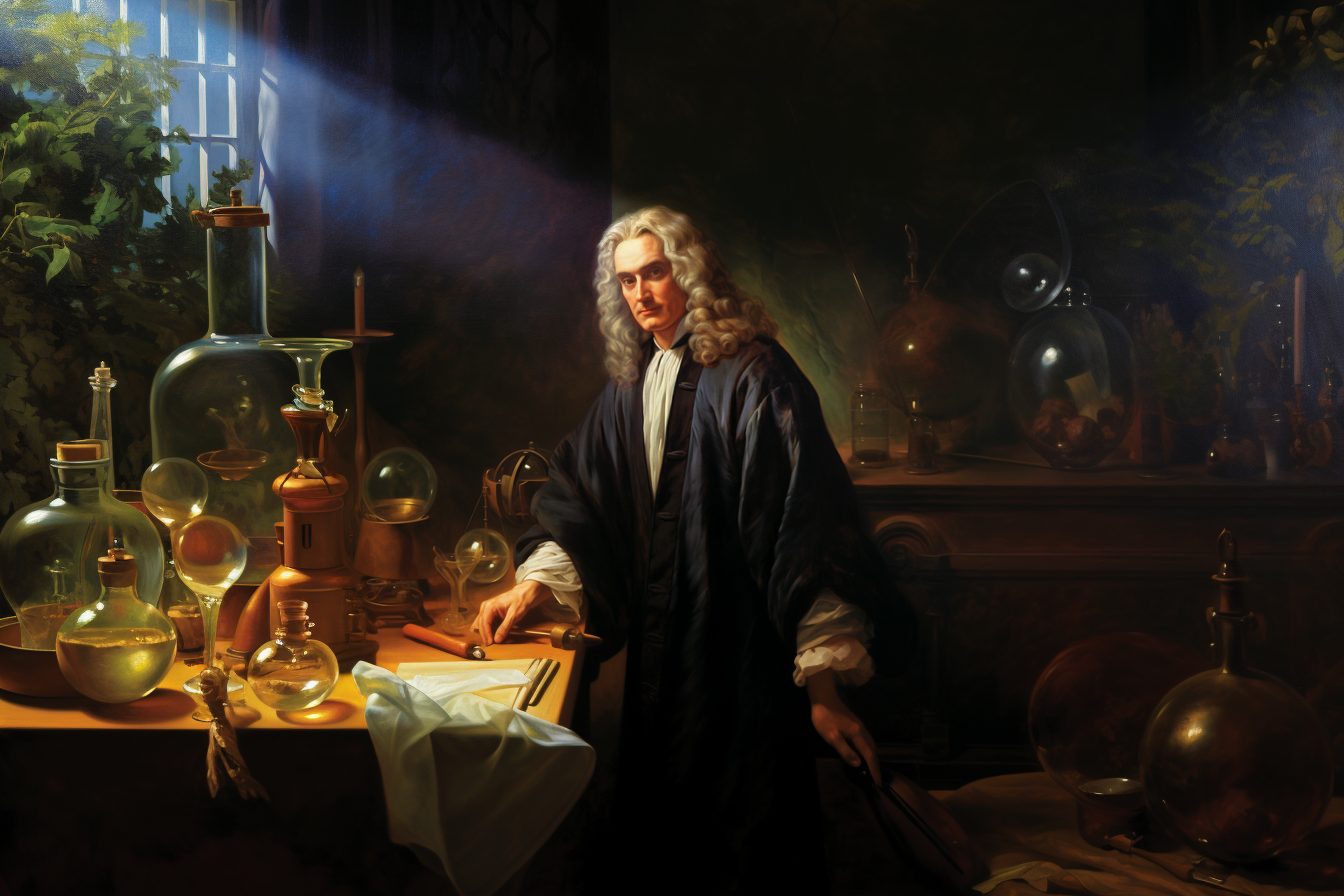7 Quirky Hobbies of Historical Figures
Explore the weird hobbies of famous figures — from presidential nude fishing, to scientific alchemy.
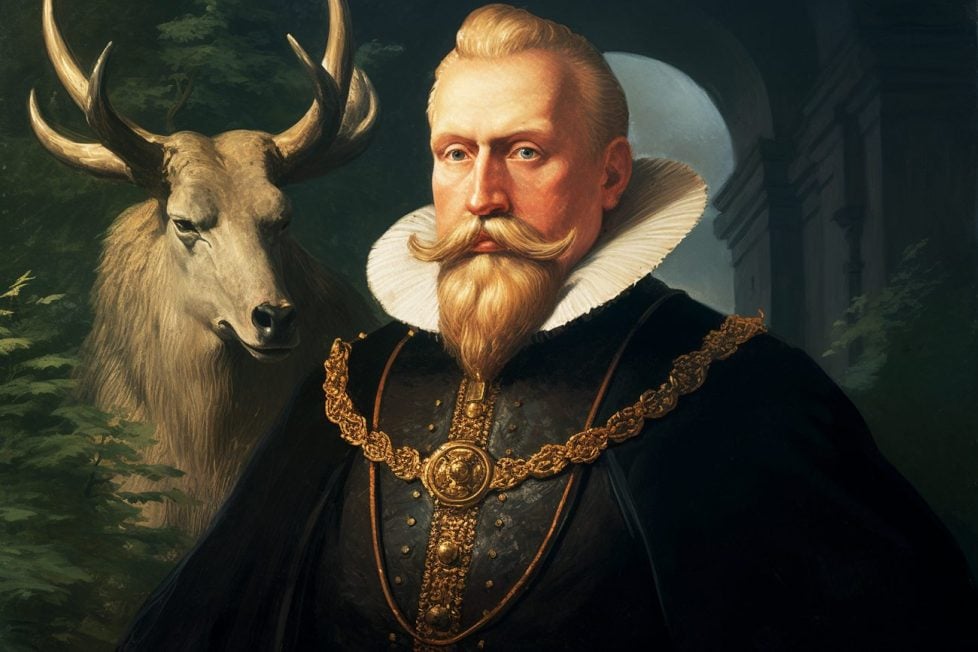
Explore the weird hobbies of famous figures — from presidential nude fishing, to scientific alchemy.

Table of Contents
ToggleOur history books are littered with the remarkable feats of figures from times gone by. We celebrate these men and women for their genius and leadership, forever immortalizing their names through the struggles that brought us to where we sit today.
But our idols are not as straight and sharp as we sometimes imagine them to be, many having possessed rather unconventional interests for both their own time and today.
Join us as we shed light on the hidden eccentricities of world leaders and prodigious scientists, which are often outshined by their more acknowledged achievements.
We’re starting off tame, with Grover Cleveland, the 22nd and 24th President of the United States, and his love for fishing.
There’s nothing particularly remarkable about fishing, but what makes this particular hobby interesting is Cleveland’s preference to strip down to his birthday suit as he retreated from the pressures of the presidency—how very freeing!
Cleveland could often be found fishing in this way on the Beaverkill River in upstate New York, albeit in a private camp—away from prying eyes.
However, back in the late 19th century, there was nothing strange about the idea of the nude president; in fact, Cleveland’s openness was respected.The town of Roscoe in New York has even memorialized his hobby with a statue of the president holding his rod—fishing rod, that is. Fortunately, the statue captures Cleveland fully clothed.
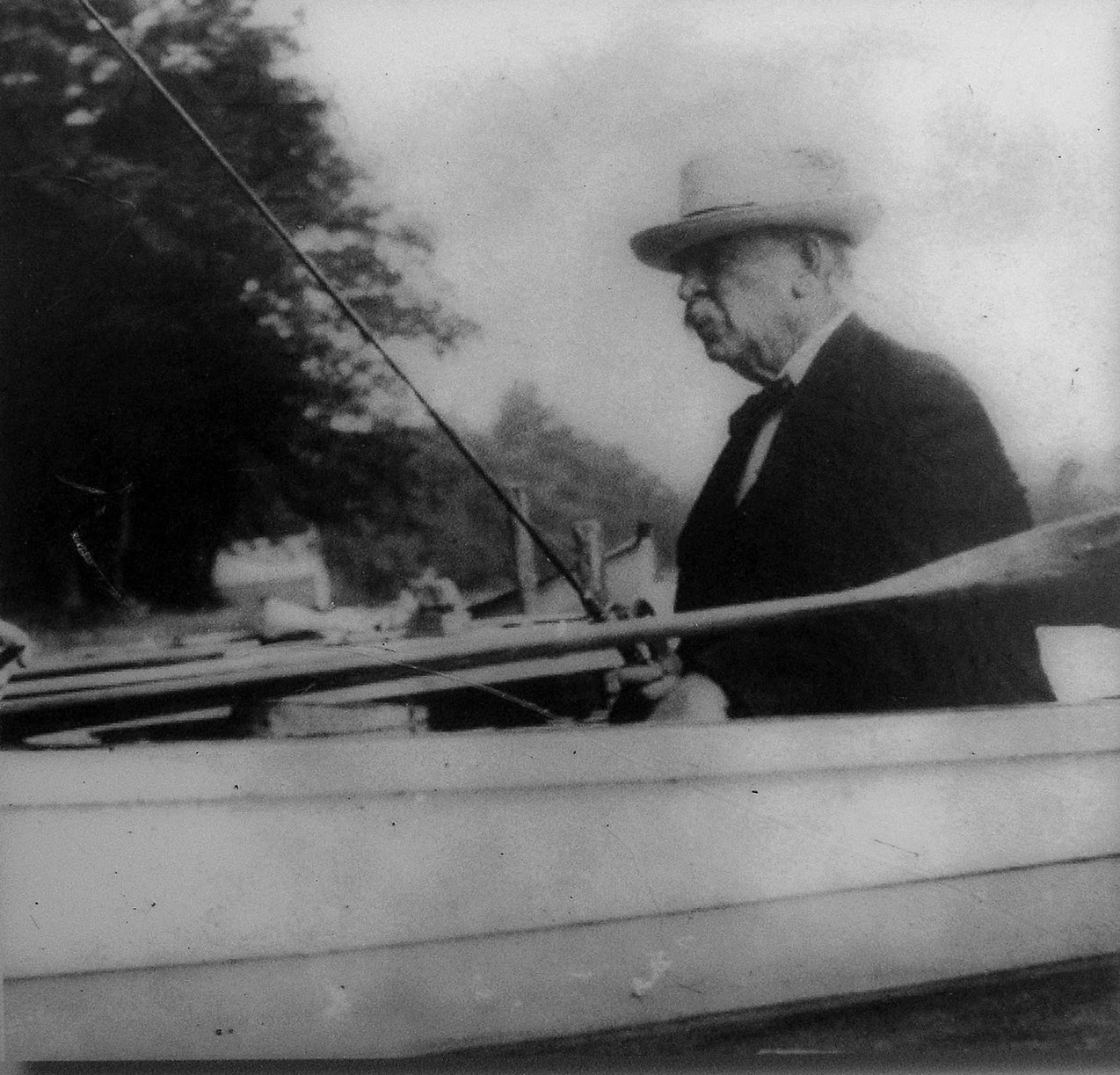
Tsar Peter the Great ruled Russia from 1682 until 1721, but in his downtime, he had a particular penchant for dentistry. It is said that he often performed extractions on both himself, and his friends and courtiers.
But Peter did not just discard those little enamel gems he pried. Oh no! All the teeth he pulled were entered into a collection, stored in their own special box.
To his credit, Peter hoped that his collection would be useful in advancing our understanding of dentistry, and today they sure make interesting viewing. The full collection of over 1000 human teeth, along with the tools he used to pull them, can be found on display at the Kunstkamera Museum in St. Petersburg.
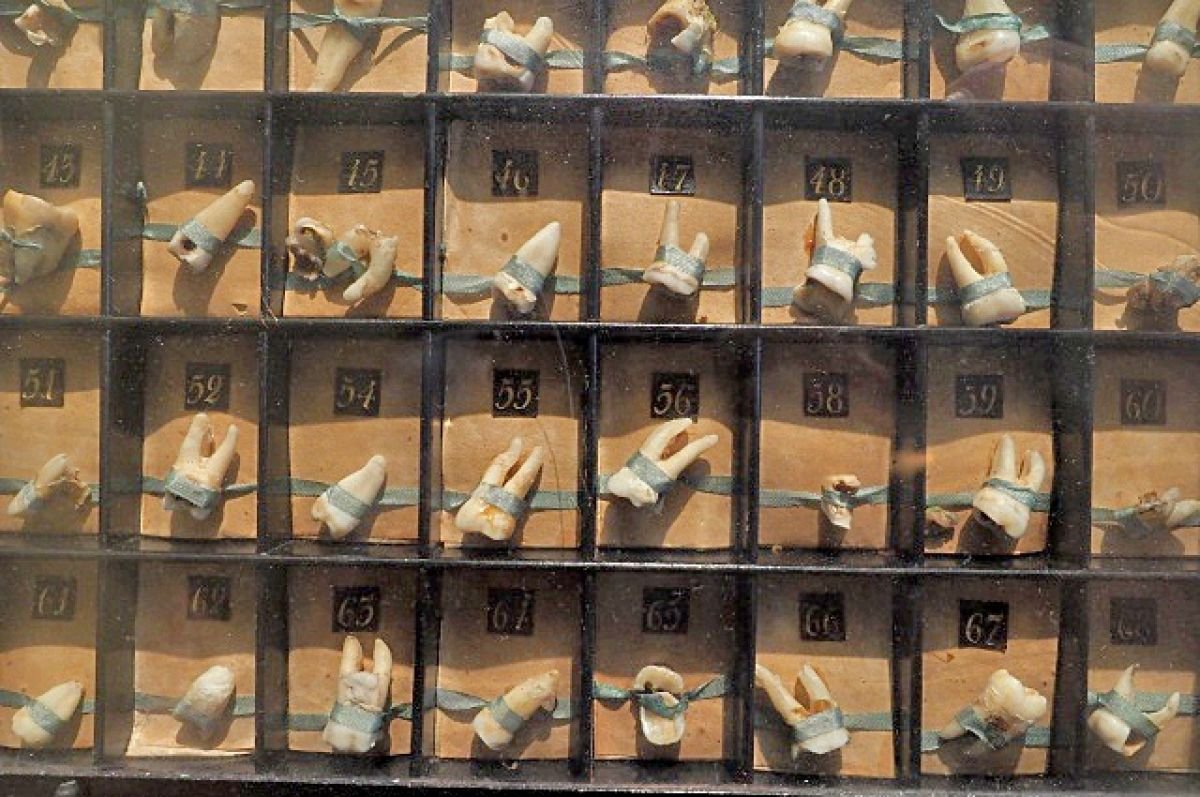
Marie Antoinette was the last queen of France before the French Revolution, and the last in a dynasty that was once considered the epitome of opulence and luxury. Yet, Marie’s private life set herself against the exuberance of her title, for Marie’s hobby was to play the role of a peasant!
Moreover, she had her own private village called “The Hameau de la Reine”, or “The Queen’s Hamlet,” where she would spend her time tending to the animals that lived in her make-believe world.
In fact, recreation villages like Marie Antoinette’s were not all too uncommon among noble families of 17th century Europe, though Marie was known to have particularly enjoyed the simplicity of countryside life, where she would escape her royal duties for hours on end.
The Queen’s Hamlet is today a popular tourist attraction in Versailles, France, where visitors can still explore the gardens, houses and animal pens that were once a part of Marie Antoinette’s fantasy.
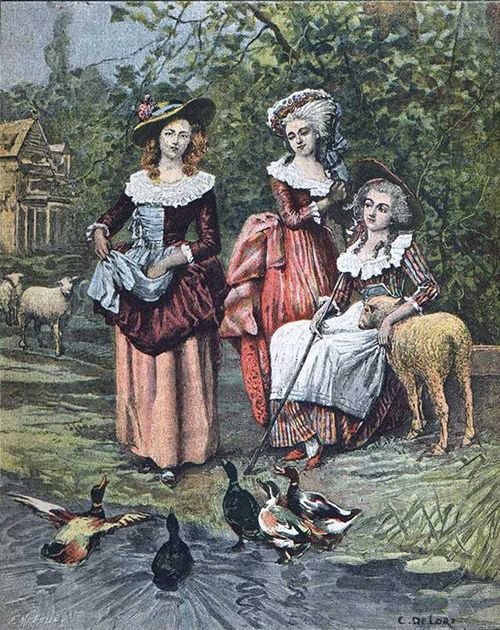
Queen Victoria, who reigned over the United Kingdom from 1837 until her death in 1901, gave her name to an entire era in British history. But among the many things Victoria was known for, her hobby of rat-catching has to be the most surprising.
Rat infestations were a considerable problem in Victorian England, so Victoria’s interest was born partly for a practical purpose, though she did also own several rats as pets. Beyond her own efforts to tackle the problem, she also employed a small army to further her interest, led by a man named Jack Black—the Queen’s official rat-catcher.
The most famous member of the entourage was an English Toy Terrier named “Billy”, who was known for being able to kill 100 rats in 5 minutes and 30 seconds in London’s rat-baiting pits.
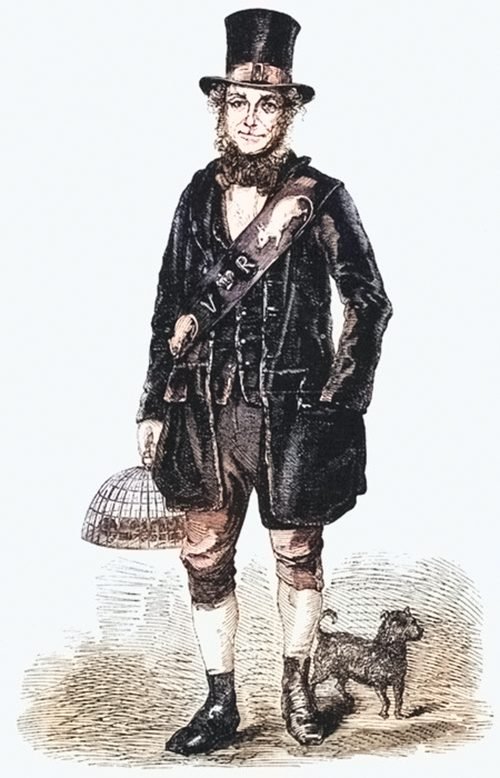
Farouk I, the tenth ruler of Egypt between 1936 and 1952, was well known for his extravagant playboy lifestyle. He had a keen interest in collecting antique watches and coins, which seems quite usual at first, but it’s how he sometimes acquired said objects that makes his hobby questionable.
Farouk was a pickpocket, and he would often remove the watches of unsuspecting guests at his very own parties! In fact, Farouk even stole the watch of Winston Churchill in 1942—an act that didn’t go down particularly well with the press. However, once it all was out in the open, he presented the theft as a practical joke, stating he knew “the English had a great sense of humor”, and returned the watch.
Whether through legitimate means or not, Farouk amassed a sizable collection of rare artifacts. If you’re lucky enough, you might catch an exhibition featuring some watches attained less honestly at the Museum of Islamic Art in Cairo.
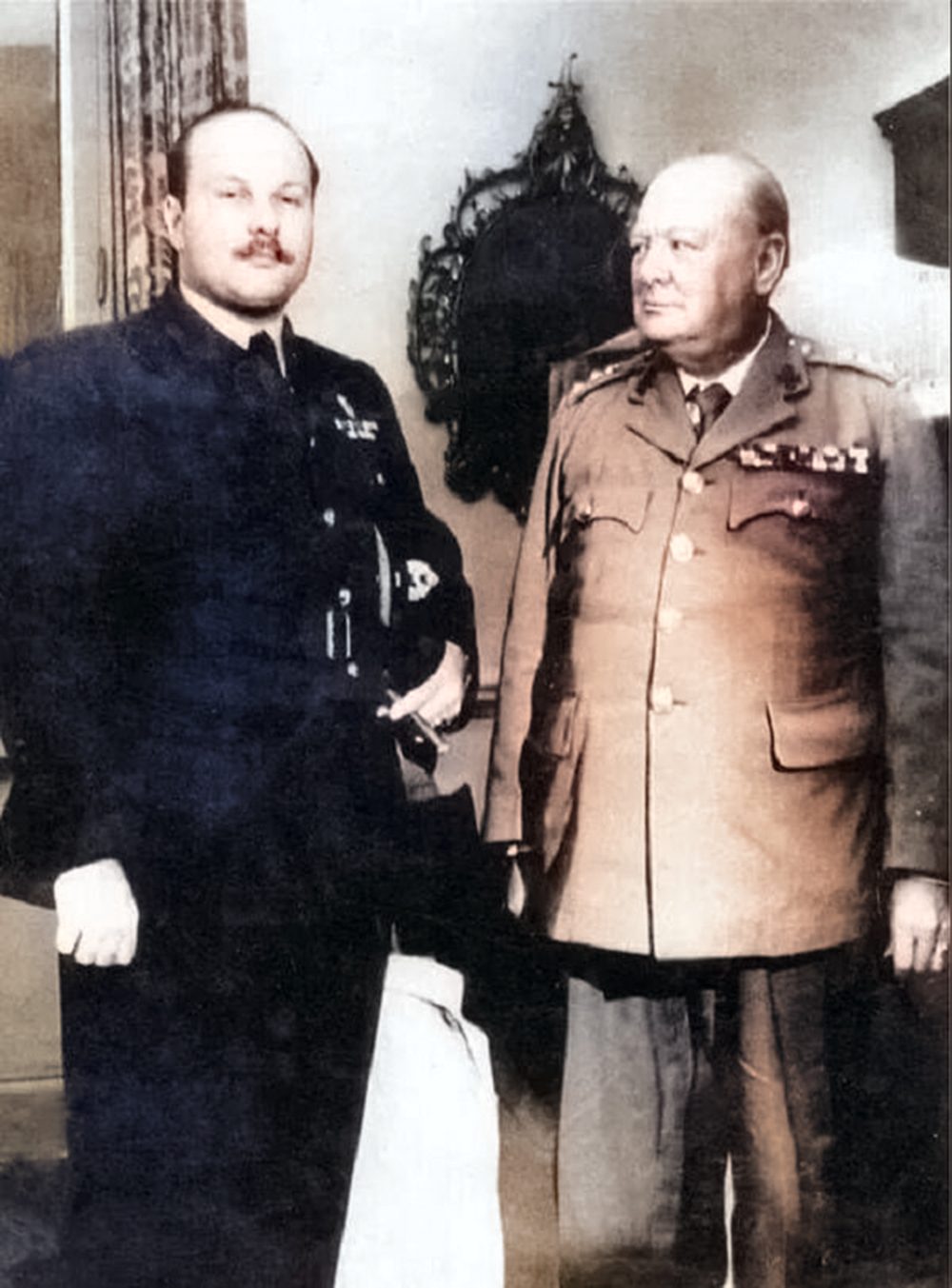
Tycho Brahe was a Danish astronomer who lived in the 16th century. His work was instrumental in the development of new tools of observation (no pun intended), including a large observatory on the Swedish island of Hven, and he was the last major astronomer preceding the invention of the telescope.
But Brahe was an interesting figure for several other reasons. For one, he wore a brass prosthetic nose after his own was cut off during a duel with a Danish nobleman. He also kept an elk as a pet, which he supposedly dearly loved.
He loved his elk so much in fact that he allowed it to join him and his compatriots in their copious beer drinking sessions. Regrettably, one night the elk drank a little too much, and died after falling down a flight of stairs.
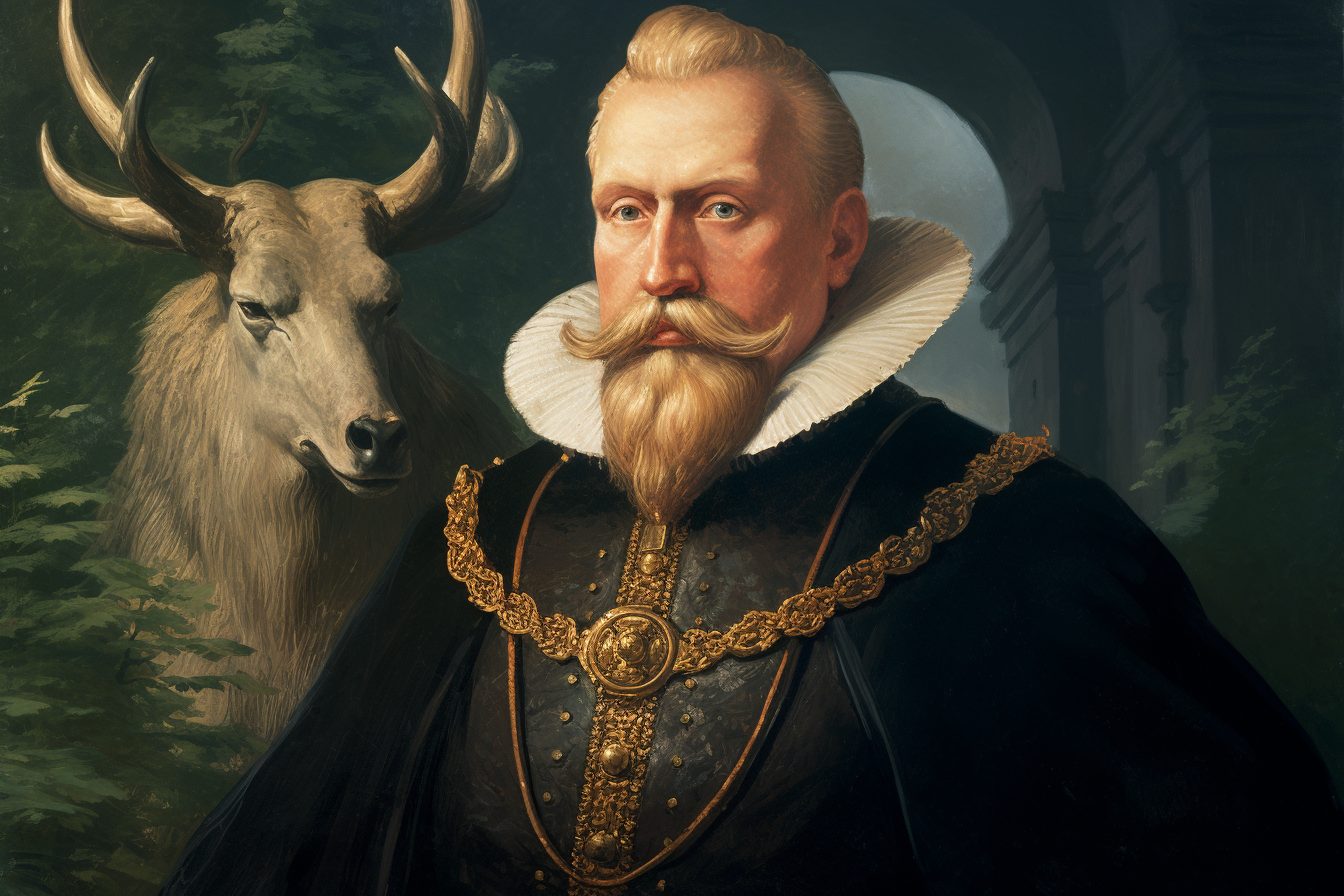
Other than Albert Einstein, there are no names more acclaimed in revolutionizing our understanding of time and space than Isaac Newton. Newton was a physicist, yes, but what many people don’t know is that he devoted much of his life to another art—the art of transmutation.
Alchemy was an ancient practice that sought to transform base metals into precious metals such as gold. Though it arguably led to the development of modern chemistry, the ancient practice itself was based in a misunderstanding of the nature of material reality.
Nevertheless, Newton felt that alchemy was a science as real as physics, and he produced volumes of alchemical writings that far surpassed his more well-known works. Though Newton, like those before him, did not succeed in discovering the philosopher’s stone, his efforts are a testament of his dedication to understanding nature and the properties of the physical world.
